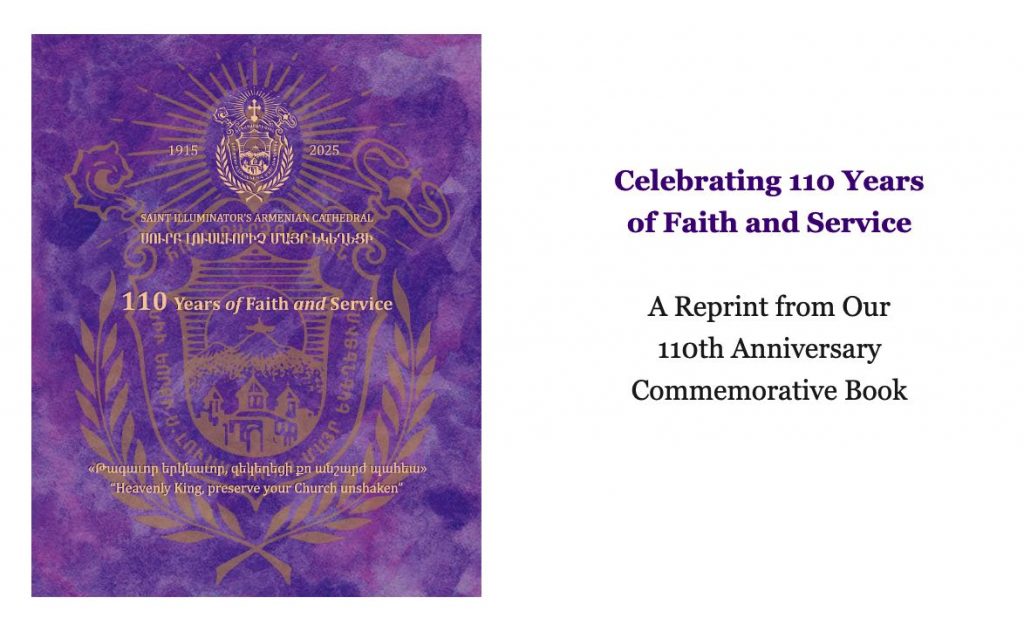Remembering and Commemorating Our Auxiliaries Past

The Auxiliaries of Mayr Yegeghetsi
Remembering and Commemorating Our Auxiliaries Past
While only the Ladies Guild and our Sunday and Armenian Schools remain active today, Mayr Yegeghetsi once boasted a larger group of auxiliaries. Regrettably, most have quietly slipped into history, the victims of changing times and the passing into blessed memory of the parishioners who founded and participated in them. Among the auxiliaries that lapsed into inactivity and now remain in repose are the Cathedral’s Men’s Club, the Mr. and Mrs. Club, the Senior Citizen’s Group, and the basketball team. These auxiliaries were once outlets for fellowship, events, fundraisers, and just plain fun. While these auxiliaries are active no more we nevertheless remember and celebrate them and the parishioners who once gave them vitality. Inspired by their example, we also dedicate ourselves to reviving our tradition of auxiliaries either by restarting some of the old ones or creating new ones, suited to the tastes and interests of our new generation of parishioners, young and old. We invite you to tell us what auxiliaries might interest you.
 The Mr. and Mrs. Club, circa 1977.
The Mr. and Mrs. Club, circa 1977.
 The Seniors Group, circa 2006.
The Seniors Group, circa 2006.
 The Basketball Team, circa 1971.
The Basketball Team, circa 1971.




















